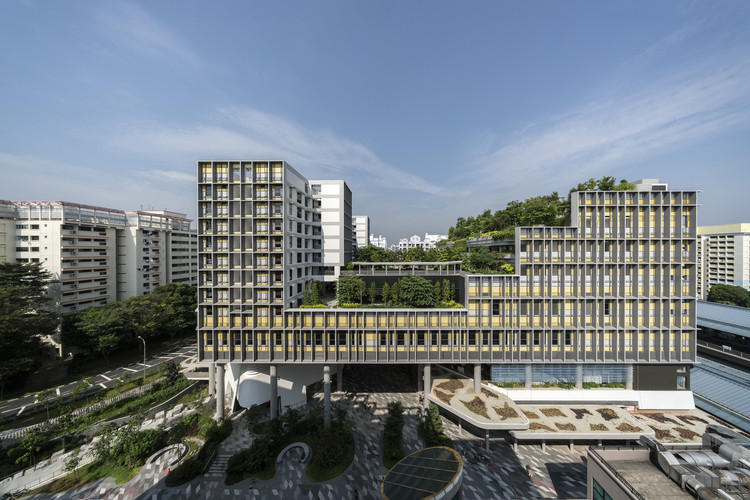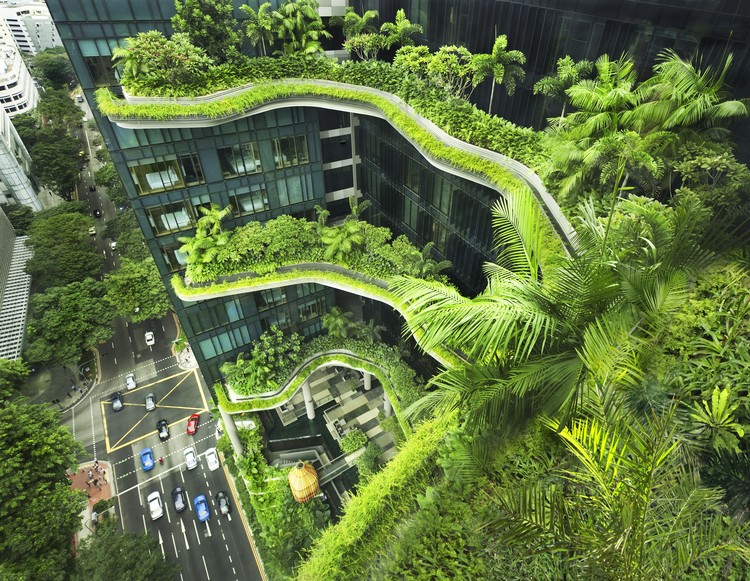
Deutsches Architekturmuseum (DAM) has announced the International High-Rise Award 2024/25. Selected from more than 1,000 new high-rises worldwide dating from the past two years, the nominated projects are located in 13 counties from 5 continents. In autumn, the five finalists will be announced, followed by the winner announcement scheduled for November 12, 2024. The main objective of the award is to highlight good practices in the ongoing trend of mixed-use high-rises.
With the increase in the construction of high-rises, special features such as the introduction of greenery in the design, unusual shapes, or the construction of clusters of towers, have become the new normal. DAM’s research this year also shows a growing eco-awareness, as the focus in high-rise construction is increasingly on the use of existing buildings. While the majority of tall buildings continue to be erected in China, followed by the USA, Australia, and Singapore have emerged as new hubs of high-rise architecture.





















.jpg?1576051979)
.jpg?1576051840)
.jpg?1576051957)
.jpg?1576052609)
.jpg?1576052676)


.jpg?1547580610)
.jpg?1547580632)
.jpg?1547580599)

.jpg?1547580610)
.jpg?1547580567)

















.jpg?1528902145)
.jpg?1528902160)
.jpg?1528902003)
.jpg?1528902220)

.jpg?1528903768)










